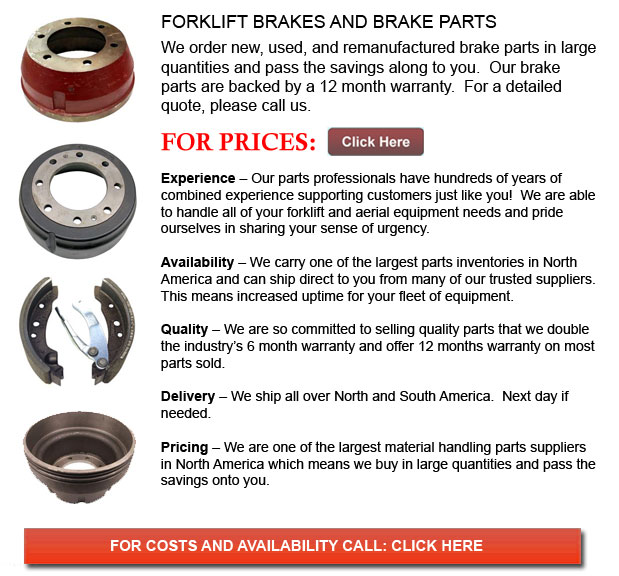
Forklift Brakes - A brake where the friction is provided by a set of brake shoes or brake pads which press against a rotating drum shaped unit referred to as a brake drum. There are a few particular differences among brake drum types. A "brake drum" is normally the definition provided when shoes press on the interior exterior of the drum. A "clasp brake" is the term used to describe when shoes press against the exterior of the drum. Another type of brake, known as a "band brake" uses a flexible band or belt to wrap all-around the outside of the drum. If the drum is pinched in between two shoes, it could be called a "pinch brake drum." Similar to a typical disc brake, these kinds of brakes are quite rare.
Prior to nineteen ninety five, early brake drums required constant modification regularly so as to compensate for shoe and drum wear. "Low pedal" or long brake pedal travel is the hazardous outcome if modifications are not executed satisfactorily. The vehicle could become hazardous and the brakes can become useless when low pedal is combined together with brake fade.
There are different Self Adjusting Brake Systems obtainable, and they could be categorized within two main kinds, RAI and RAD. RAI systems have in-built equipments that prevent the systems to recover when the brake is overheating. The most recognized RAI manufacturers are AP, Bendix, Lucas, and Bosch. The most well-known RAD systems include AP, Bendix, Ford recovery systems and Volkswagen, VAG.
Self adjusting brakes generally make use of a mechanism which engages only if the vehicle is being stopped from reverse motion. This stopping method is acceptable for use where all wheels use brake drums. The majority of vehicles nowadays make use of disc brakes on the front wheels. By operating only in reverse it is less possible that the brakes would be applied while hot and the brake drums are expanded. If adapted while hot, "dragging brakes" could occur, which increases fuel consumption and accelerates wear. A ratchet device that becomes engaged as the hand brake is set is one more way the self repositioning brakes could work. This means is just suitable in functions where rear brake drums are utilized. Whenever the emergency or parking brake actuator lever exceeds a certain amount of travel, the ratchet advances an adjuster screw and the brake shoes move in the direction of the drum.
There is a manual adjustment knob placed at the bottom of the drum. It is typically adjusted via a hole on the opposite side of the wheel and this involves going beneath the forklift with a flathead screwdriver. It is of utmost importance to be able to move the click wheel correctly and modify each wheel equally. If uneven adjustment takes place, the vehicle could pull to one side during heavy braking. The most effective way in order to make certain this tedious task is done carefully is to either raise every wheel off the ground and spin it by hand while measuring how much force it takes and feeling if the shoes are dragging, or give every\each and every one the same amount of manual clicks and then perform a road test.
![]() Click to Download the pdf
Click to Download the pdf
Forklift Parts
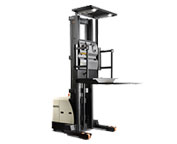
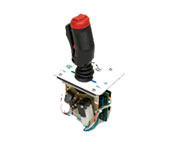
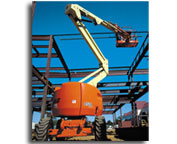
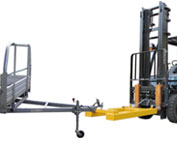
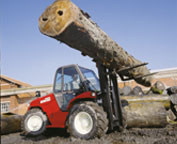
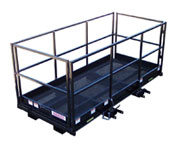
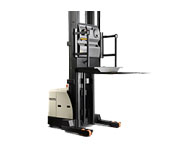
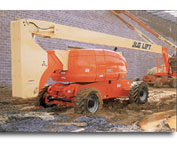
Lift Parts Express
TOLL FREE: 1-888-695-7994
Vancouver, British Columbia
forkliftpartsvancouver.ca
Email Us
About Us


